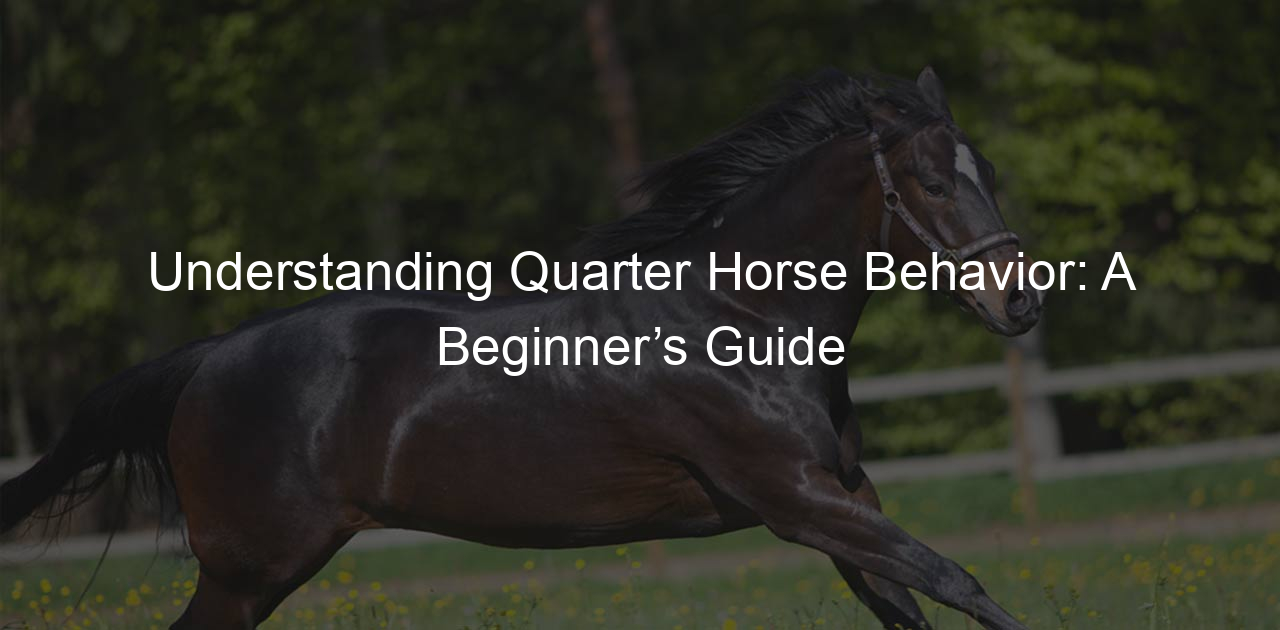
Introduction to Quarter Horse Hoof Anatomy
-
Importance of understanding hoof anatomy
Understanding the hoof anatomy of a Quarter Horse is crucial for their overall health and performance. A healthy hoof allows the horse to move comfortably and prevents injuries. Knowing the parts of the hoof helps in identifying problems early and ensuring proper care.
-
Basic overview of Quarter Horse hoof structure
- Hoof Wall: The hard outer shell that protects the inner structures.
- Sole: The bottom part of the hoof that touches the ground.
- Frog: The V-shaped structure that helps with shock absorption and traction.
- Heel: The back part of the hoof that supports the horse’s weight.
Detailed Breakdown of Quarter Horse Hoof Anatomy
External Anatomy of Quarter Horse Hooves
Understanding the external parts of a Quarter Horse’s hoof is essential for proper care. Let’s explore each part:
- Hoof wall: The hoof wall is the hard, outer covering of the hoof. It protects the inner structures and supports the horse’s weight. The wall is made of keratin, the same material as human fingernails.
- Sole: The sole is the bottom part of the hoof. It is concave and helps protect the inner parts of the hoof. The sole should not bear the horse’s weight directly.
- Frog: The frog is a V-shaped structure located in the middle of the sole. It acts as a shock absorber and helps with traction. A healthy frog is crucial for a horse’s comfort and mobility.
- Coronet band: The coronet band is found at the top of the hoof, where the hairline meets the hoof. It is responsible for the growth of the hoof wall. Any injury to the coronet band can affect hoof growth.
Each part of the hoof plays a vital role in the overall health and performance of a Quarter Horse. Regular inspection and care are necessary to maintain hoof health.
Internal Anatomy of Quarter Horse Hooves
The internal anatomy of a Quarter Horse’s hoof is complex and fascinating. Understanding it can help in maintaining hoof health and preventing issues.
- Coffin Bone: Also known as the pedal bone, is the main bone inside the hoof. It supports the horse’s weight and gives the hoof its shape.
- Navicular Bone: A small bone located at the back of the hoof. It works with the deep digital flexor tendon to help the horse move smoothly.
- Deep Digital Flexor Tendon: This tendon runs down the back of the leg and attaches to the coffin bone. It helps the horse flex its hoof and absorb shock when moving.
- Laminae: Layers of tissue that connect the hoof wall to the coffin bone. They play a crucial role in supporting the horse’s weight and allowing the hoof to grow.
Here’s a table summarizing the key parts:
| Part | Function |
|---|---|
| Coffin Bone | Supports weight and gives shape to the hoof |
| Navicular Bone | Works with the tendon to aid in smooth movement |
| Deep Digital Flexor Tendon | Helps flex the hoof and absorb shock |
| Laminae | Connects the hoof wall to the coffin bone |
Understanding these parts can help you take better care of your Quarter Horse’s hooves. Regular check-ups and proper care can prevent many common hoof problems.
Common Hoof Issues in Quarter Horses
Quarter Horses are known for their strength and agility. However, they can face several hoof issues. Understanding these problems can help in early detection and treatment.
- LaminitisA painful condition that affects the tissues bonding the hoof wall to the pedal bone. It can cause severe lameness. According to Wikipedia, this condition can be triggered by various factors, including overfeeding and stress.
- Navicular DiseaseInvolves the inflammation or degeneration of the navicular bone and its surrounding tissues. This can lead to chronic pain in the front feet. Early signs include a noticeable change in gait.
- Hoof AbscessesOccur when bacteria enter the hoof, causing infection. This results in a pocket of pus that can be extremely painful. Symptoms include sudden lameness and heat in the hoof.
- Hoof CracksSplits in the hoof wall. They can be superficial or deep, potentially leading to more serious issues if left untreated. Regular hoof care can help prevent cracks.
Quarter Horse Hoof Care Tips
Maintaining Quarter Horse Hooves
Proper hoof care is essential for keeping your Quarter Horse healthy and active. Here are some key tips to maintain their hooves:
- Regular hoof cleaning: Clean your horse’s hooves daily to remove dirt, stones, and other debris. This helps prevent infections and keeps the hooves in good condition. Use a hoof pick to carefully clean around the frog and sole.
- Proper diet and nutrition: Ensure your horse gets enough vitamins and minerals, especially biotin, zinc, and calcium. These nutrients support strong hoof growth. Consult your vet for a suitable diet plan.
- Importance of exercise: Regular exercise promotes good blood flow to the hooves, which is vital for their health. Make sure your horse gets enough movement each day, whether through riding, turnout, or other activities.
| Hoof Care Tip | Why It’s Important |
|---|---|
| Regular hoof cleaning | Prevents infections and keeps hooves in good condition |
| Proper diet and nutrition | Supports strong hoof growth |
| Importance of exercise | Promotes good blood flow to the hooves |
By following these tips, you can help ensure your Quarter Horse’s hooves stay healthy and strong. Regular care and attention to their needs will keep your horse happy and ready for any activity.
Quarter Horse Hoof Trimming
- Importance of regular hoof trimmingIt helps keep their hooves healthy and prevents issues like cracks and splits. Trimming also ensures the horse can walk and run comfortably.
-
How to trim a Quarter Horse’s hooves
- Clean the hooves thoroughly to remove dirt and debris.
- Use a hoof pick to clear out the frog area.
- Trim the hoof wall using a hoof knife and nippers.
- File the edges with a rasp to smooth them out.
Always ensure you trim evenly to avoid imbalances.
- When to call a professional farrierIf your horse has severe hoof issues or if you’re unsure about trimming, a farrier can help. They have the skills and tools to handle complex hoof care.
Ensuring Quarter Horse Hoof Health
- Regular hoof inspectionsCheck for cracks, chips, or any signs of wear. A good practice is to inspect hooves daily, especially after riding or exercise. This helps catch problems early.
- Understanding signs of hoof problemsRecognizing signs of hoof issues can save your horse from pain and complications. Look for signs like swelling, heat, or a foul smell. If your horse is limping or showing discomfort, these could be signs of hoof problems.
- Importance of professional veterinary careWhile regular inspections are essential, professional care is equally important. A veterinarian can provide expert advice and treatment. Regular check-ups ensure your horse’s hooves remain healthy and strong.
| Hoof Health Tips | Details |
|---|---|
| Daily Inspections | Check for cracks, chips, and wear |
| Recognize Problems | Look for swelling, heat, or foul smell |
| Veterinary Care | Regular check-ups and expert advice |
Ensuring your Quarter Horse’s hoof health is vital for their overall well-being. Regular inspections, recognizing signs of problems, and seeking professional care are key steps. By following these tips, you can help your horse stay healthy and happy.
Conclusion: Your Essential Quarter Horse Hoof Anatomy Guide
-
- Recap of key points:
We have covered the basics of Quarter Horse hoof anatomy. You now know about the different parts of the hoof, such as the frog, sole, and hoof wall. Understanding these parts helps you take better care of your horse.
-
- Importance of regular hoof care:
Regular hoof care is very important. It helps prevent common hoof issues like cracks, infections, and lameness. Make sure to clean and check your horse’s hooves often. This keeps your horse healthy and happy.
| Key Points | Details |
|---|---|
| Hoof Anatomy | Frog, sole, hoof wall |
| Common Issues | Cracks, infections, lameness |
| Regular Care | Cleaning, checking, trimming |









